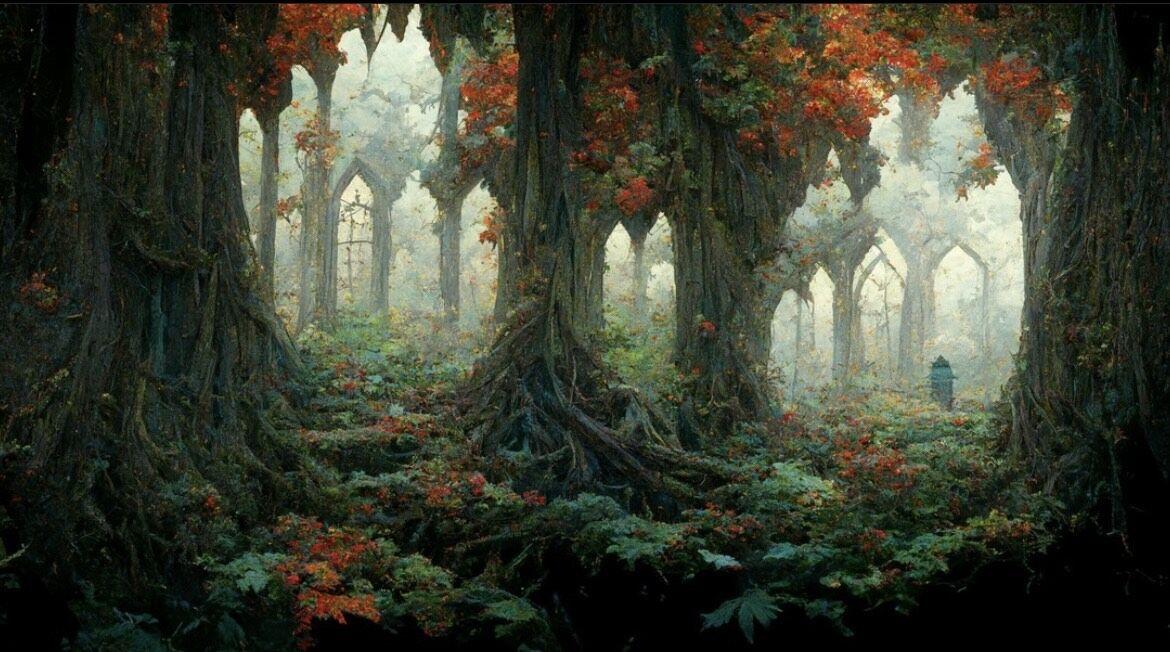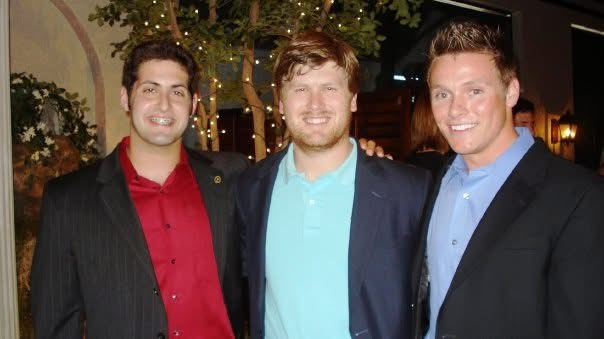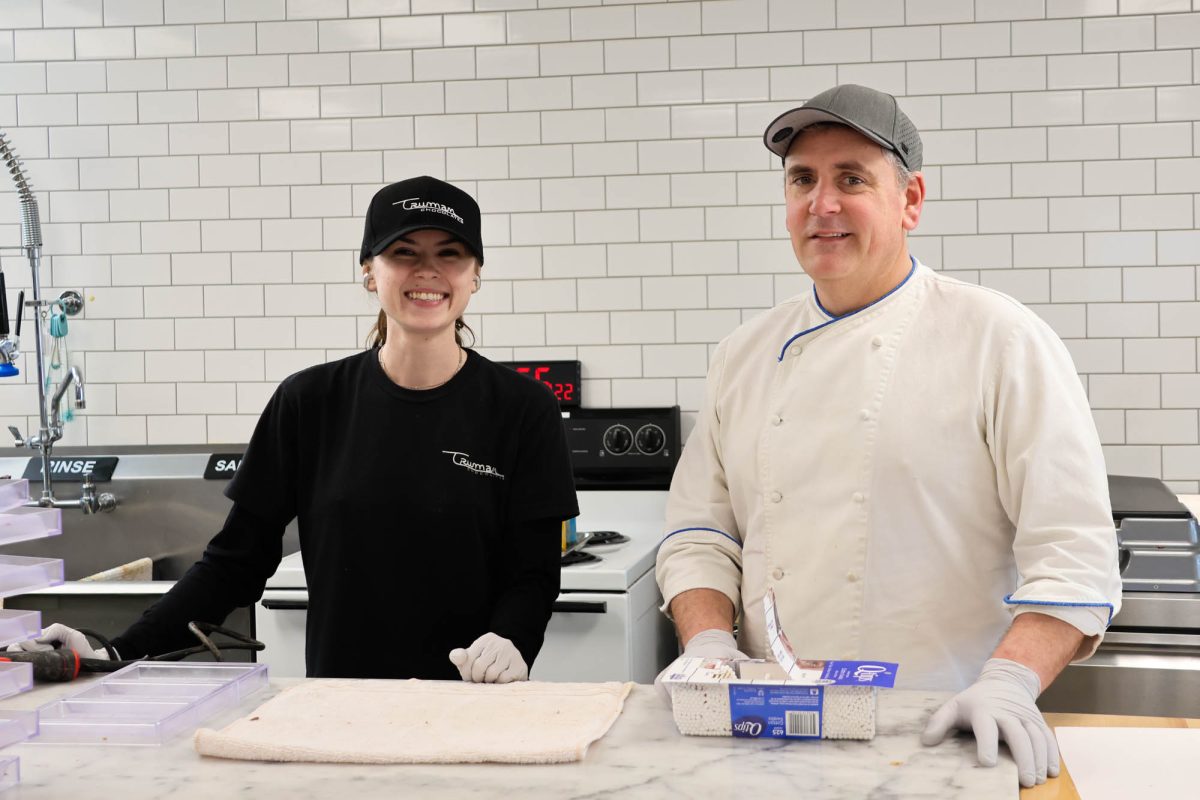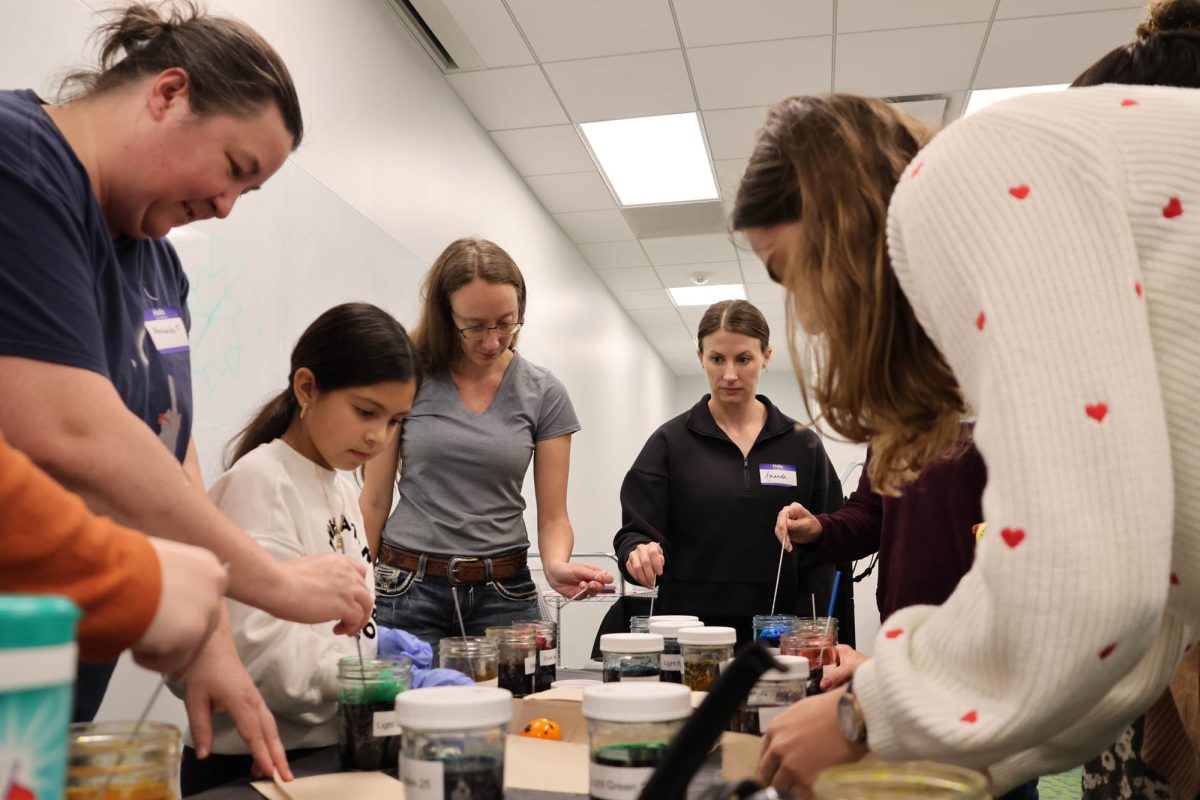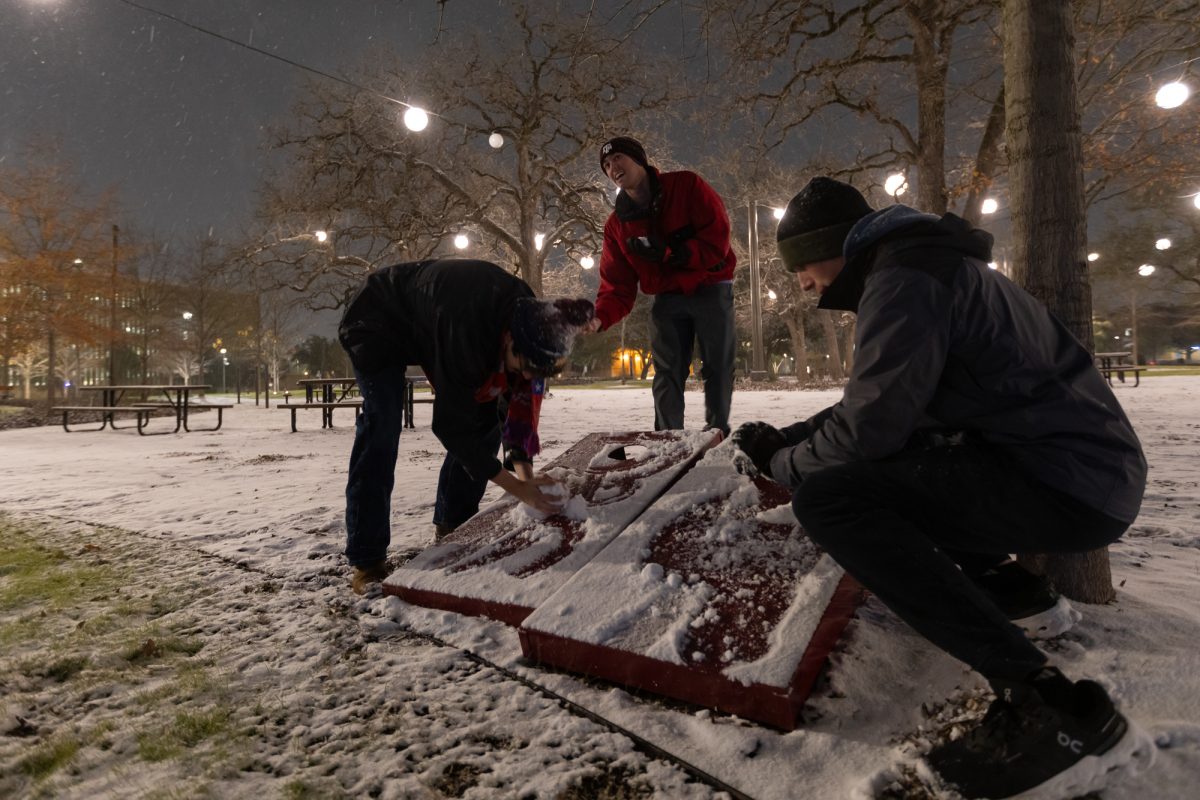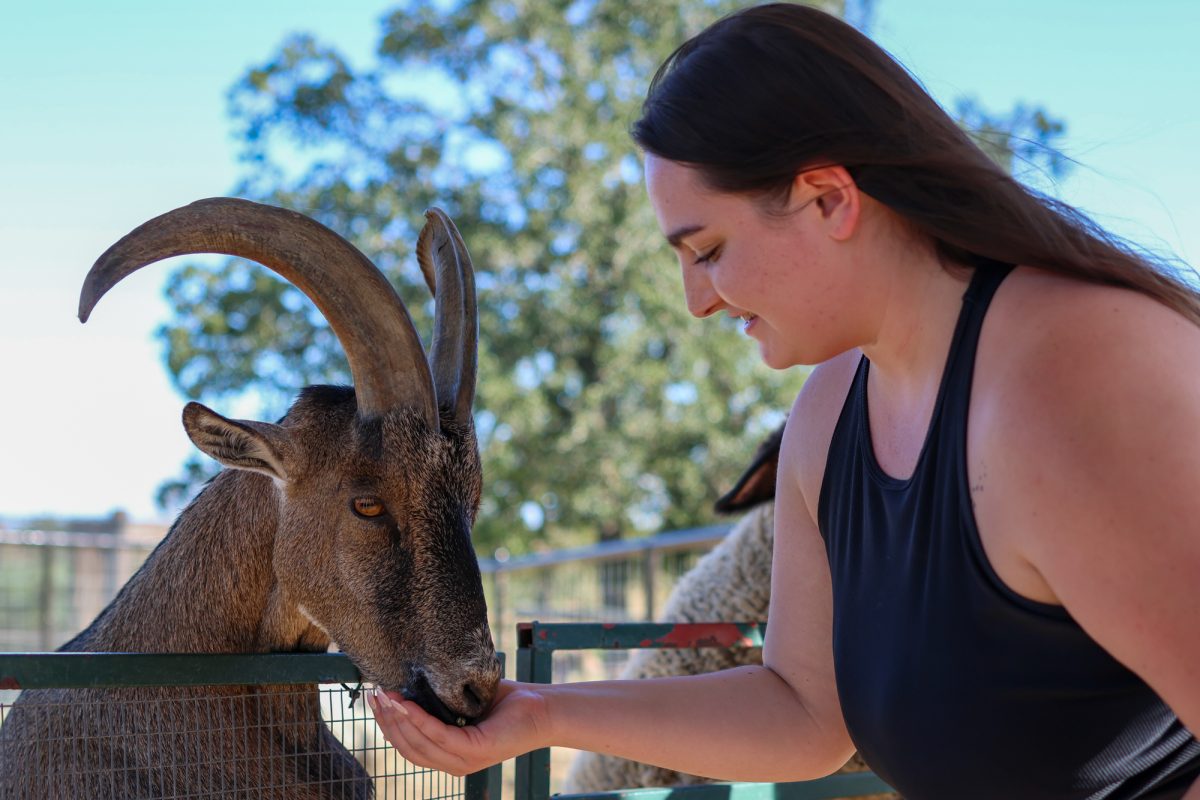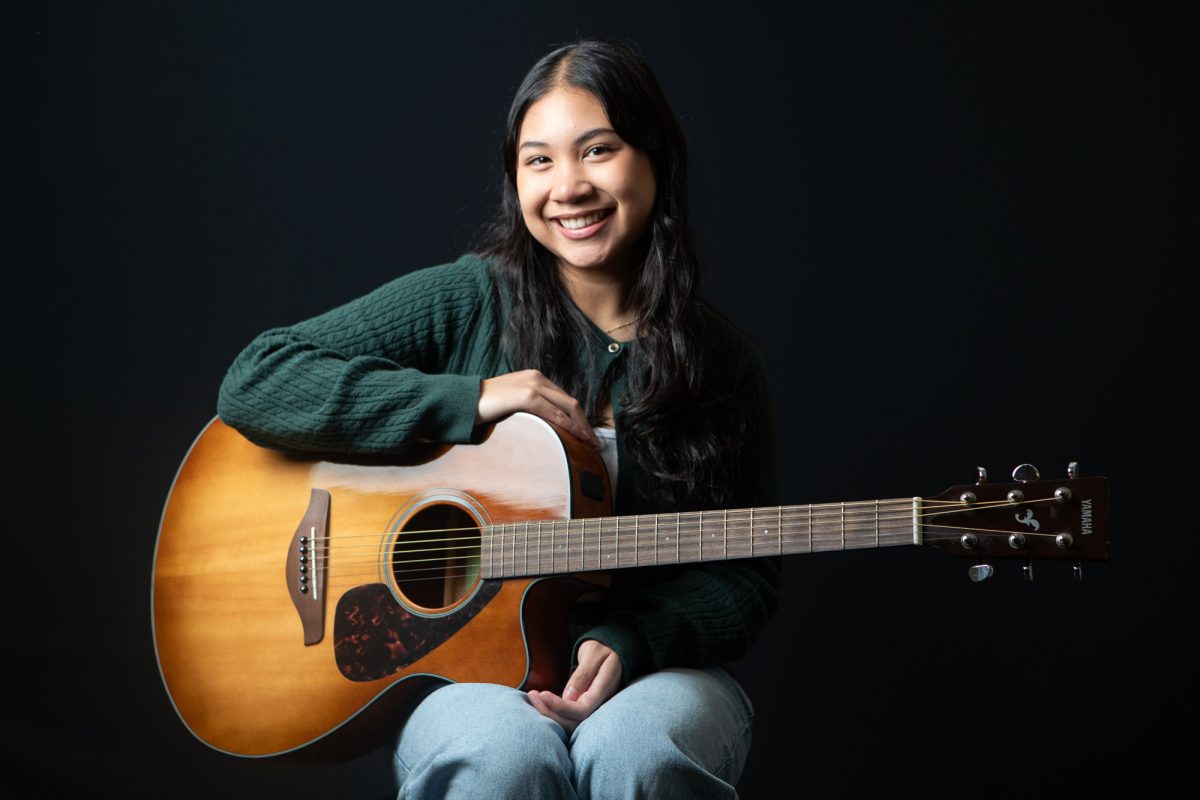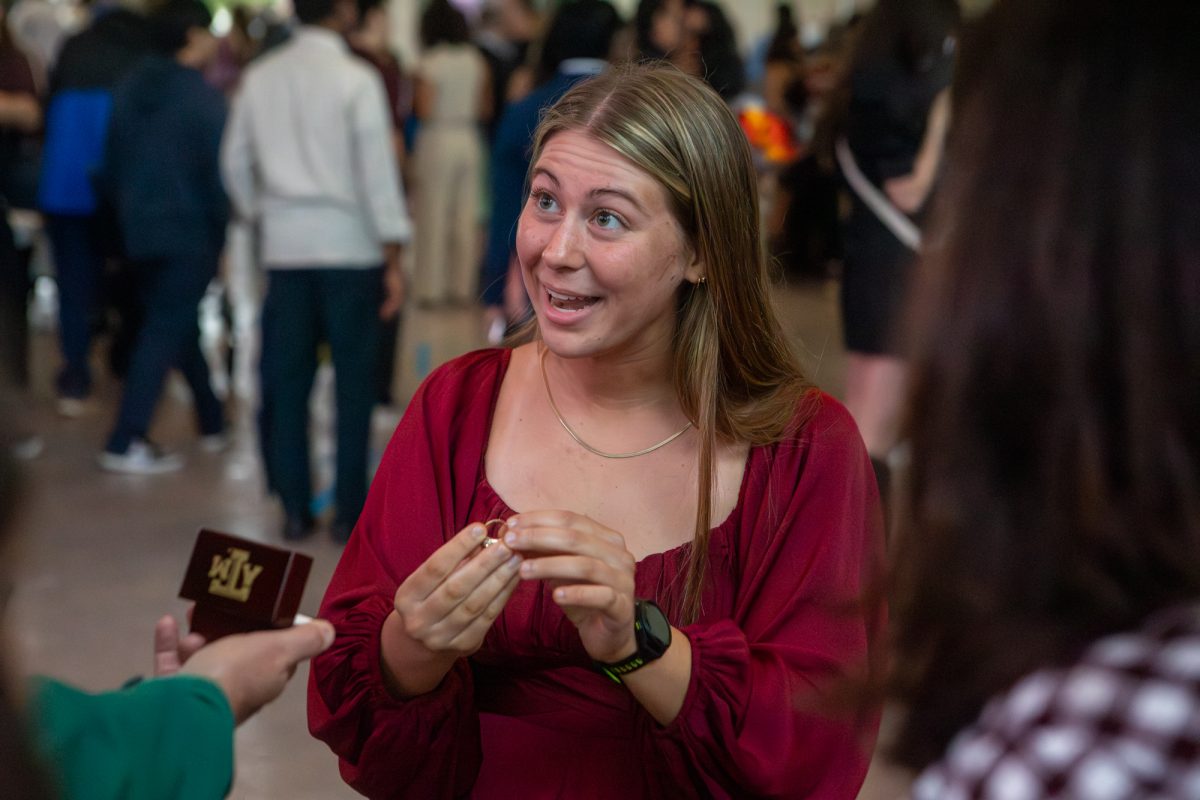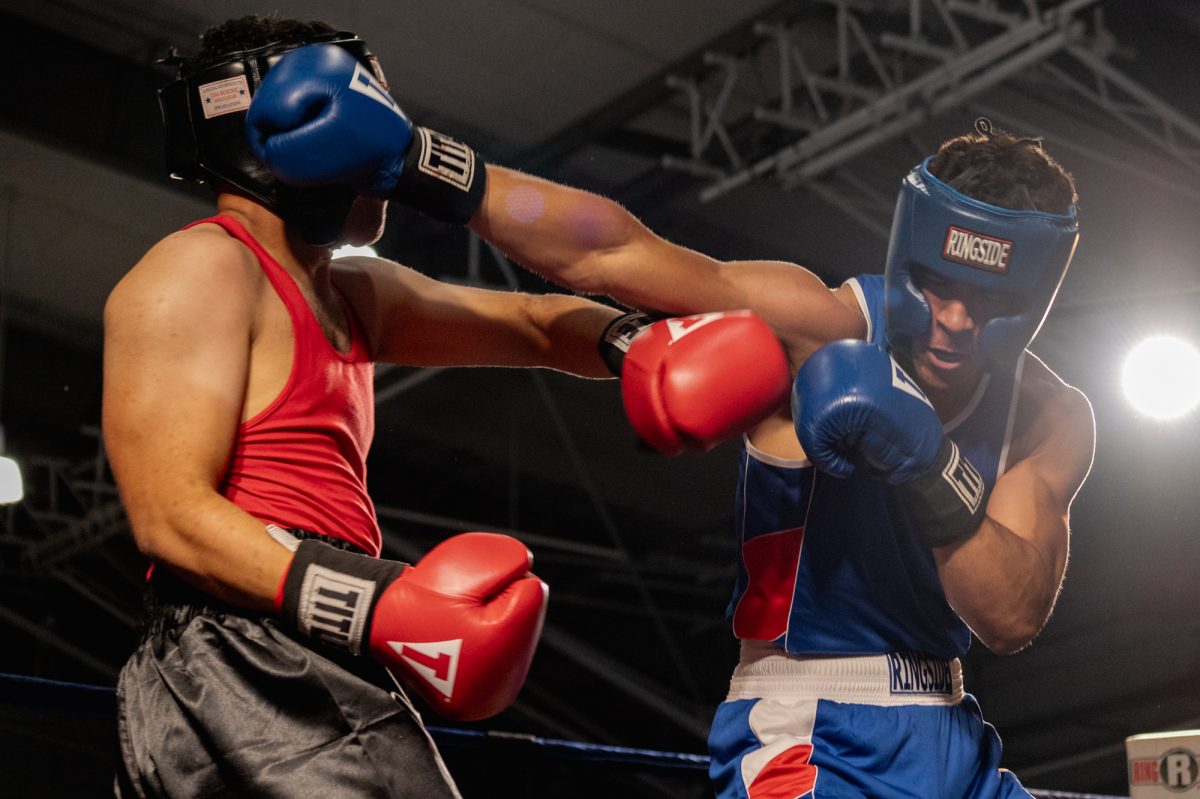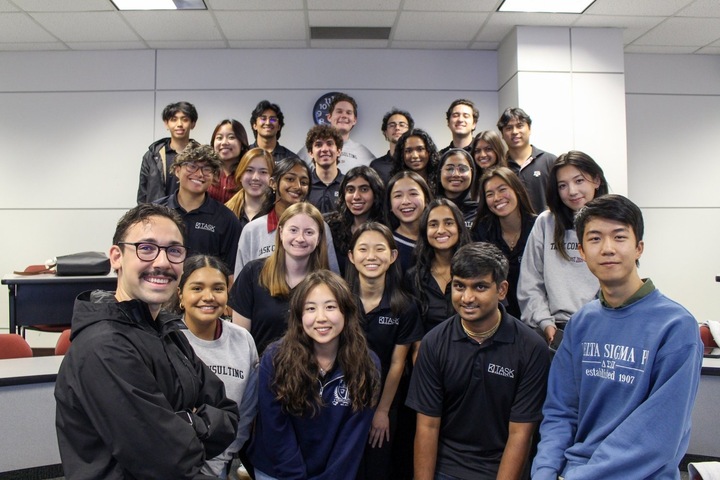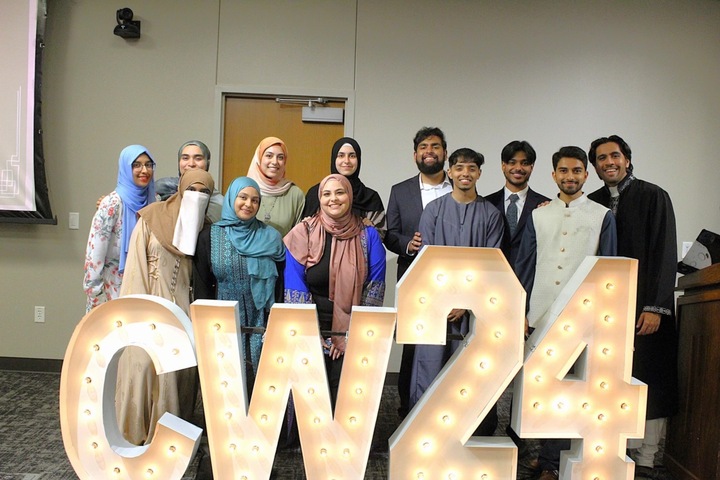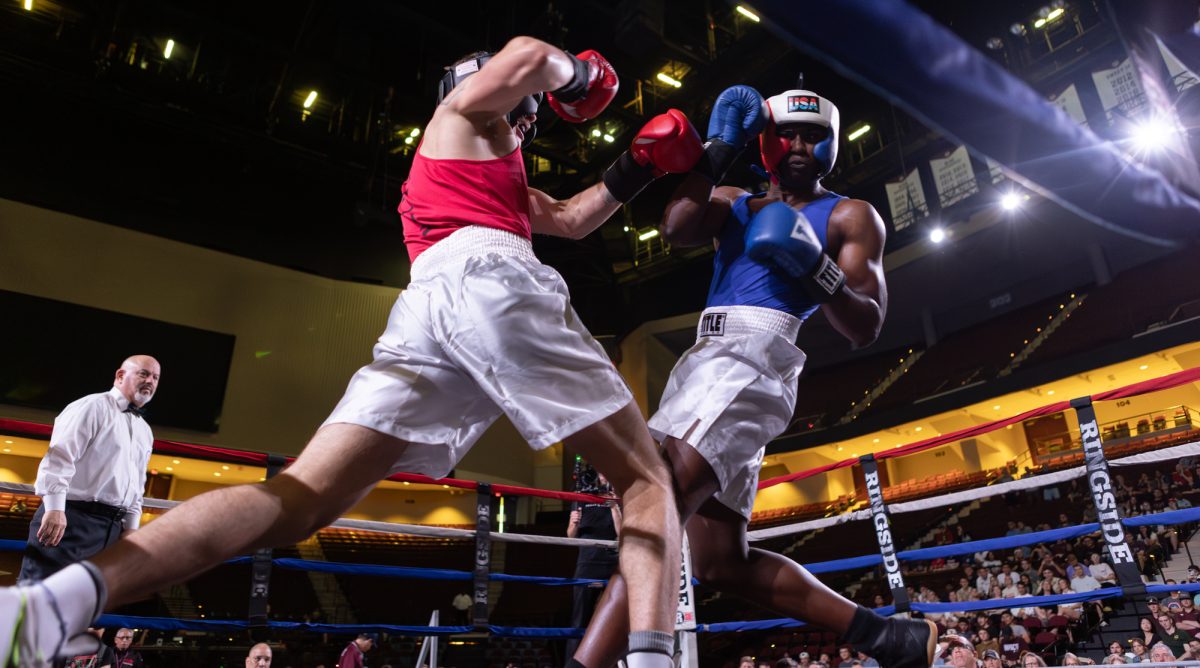Art is a living, breathing thing. Like most things, art has reinvented itself over the centuries by drawing inspiration from various times and cultures without ever stagnating. In fact, it is this synthesis of stories, forms and muses that has been one of its most celebrated qualities.
The most recent trend has been an advent of artificial intelligence, or AI, in art. Softwares like DALL-E and Midjourney return customized auto-generated novel artworks within minutes by borrowing elements from millions of references. I investigated this line between the old and the new by interviewing sophomore biomedical engineer Landon Dahle who said he enjoys integrating 3D modeling and AI elements in his artwork. Together, we unpacked what it means to create an original artwork in a changing technological landscape.
While digital and AI generated art have only recently become popular, Dahle said his interest began in his middle school library.
“I learned to use Adobe Photoshop by chance,” Dahle said. “I had recently moved to a new school and had to take an elective course. I chose being a librarian’s aid and ended up shadowing one of the librarians who was working on a children’s animation book at the time.”
That was a pivotal moment because it allowed Dahle to question what he considered art. He said he found his answer in graphic design, digital art and eventually AI generated art and 3D printing.
“Art is about accessibility,” Dahle said. “There aren’t many middle schoolers, high schoolers or college students that can afford supplies like oil paints which can be fifteen dollars per tube. Thankfully, digital platforms don’t need that.”
This is a fiscal reality that gives digital art an edge over traditional art. While traditional art supplies are exhaustible, Dahle said digital art tools are inexhaustible, highly customizable and easily erasable.
“Using Blendr to 3D model any reference images gives me the flexibility to create without the fear of mistakes which is important for learning artists,” Dahle said.
Pairing such a customizable art interface with the AI deep learning models like DALL-E and Mid Journey that have a growing collection of reference materials is reinventing the face of art.Although incorporating elements of reference art is a fine line to walk, Dahle said he is excited to explore the frontier.
“I understand the controversy but isn’t all art inspired?” Dahle said. “I love mixing and matching assets to design something that is new, which is what traditional artists have been doing for a long time. I can just copy and paste elements more consistently due to digitization. That’s a capability that has simply never existed before and is worth exploring. I have never tried to monetize these pieces or pass them as my own.”
Dahle raised an interesting point that art can’t truly be devoid of all inspiration. Even traditional artists have a saying that an artwork is as good as its references. The integration of borrowed elements in individual pieces using AI and other digital platforms deserves exploration but it’s important to figure out where the limits lie.
“We need to answer these questions as a society,” Dahle said. “It shouldn’t be about penalizing artists who like to assemble new pieces with old elements. We need to look at the intent of the artist and whether they wish to create something new or pass someone else’s work as their own. Even when I do borrow a facet from a reference, I never try to pass it as my own and it’s important to hold that line.”
These are questions worth pondering as a society because they expand well beyond the scope of visual arts. As technology becomes more entwined with our work, we can’t evade the question about original work for long. So it’s time to make a judgment call.
“It’s the same discussion with ChatGPT because even though the software creates a whole new response, it can’t be original because it has a large pool of source material,” Dahle said.




